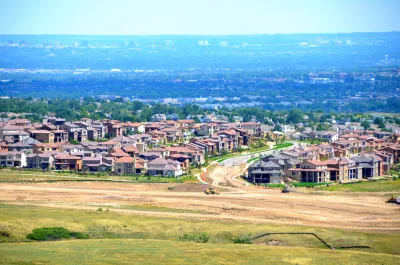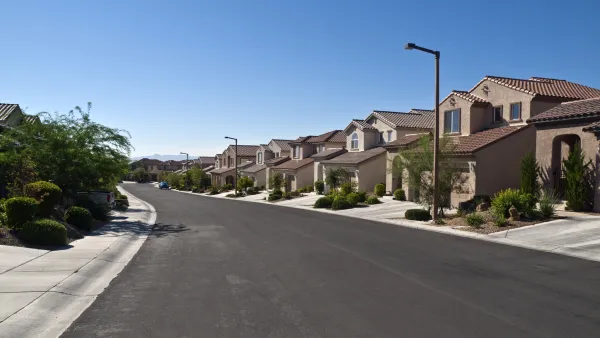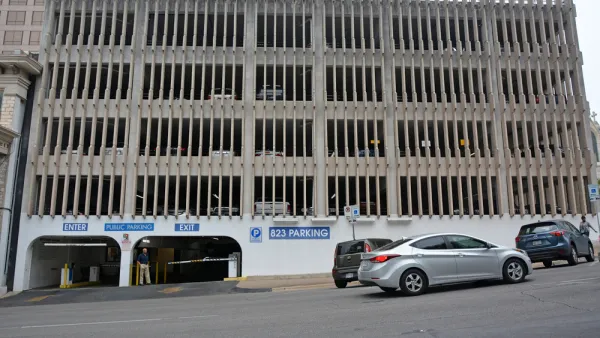The United States will have to make major changes to long-standing land use and transportation paradigms to prevent the worst outcomes of climate change. How to make those changes was the subject of a recent podcast.

The Sustainable City Podcast recently focused on the connections between land use and transportation and how each affects the fight to reduce carbon emissions.
Hosts William Shutkin and Andy Bush spoke with Rushad Nanavatty, managing director and lead of the Rocky Mountain Institute’s Urban Transformation program, and Ben Holland, senior associate and policy liaison at RMI. The entire hour-plus podcast is transcribed at the link below, including discussion of road pricing, electric car technology, and the need for zoning reform, among other topics.. A few highlights:
Nanavatty: "…we’re not going to solve the climate crisis with a silver bullet. It’s a problem that requires the use of silver buckshot. And there are certainly some pieces of buckshot that are bigger and more important than others, but we are going to need to do several things. We’re going to need to stop the bleeding, stop sort of perpetuating these incredibly destructive patterns of urban development by changing our land use practices and our zoning.”
Holland: “So the California Air Resources Board recently put out a goal of reducing VMT by 15 percent. You’re starting to see a number of other climate action plans, including that. Because we’ve got about a little less than two million EVs on the road today. We need 70 million by 2030. I think it’s reasonable to assume that we might fall short of that, excluding any major policies that could shift behavior. So that VMT reduction piece becomes even more important.”
For additional background, see previous Planetizen coverage of the repeated calls by the United Nations for the United States to reverse its course automobile dependency and sprawl.
FULL STORY: Achieving Our Climate Goals: The Land Use-Transportation Nexus

National Parks Layoffs Will Cause Communities to Lose Billions
Thousands of essential park workers were laid off this week, just before the busy spring break season.

Retro-silient?: America’s First “Eco-burb,” The Woodlands Turns 50
A master-planned community north of Houston offers lessons on green infrastructure and resilient design, but falls short of its founder’s lofty affordability and walkability goals.

Delivering for America Plan Will Downgrade Mail Service in at Least 49.5 Percent of Zip Codes
Republican and Democrat lawmakers criticize the plan for its disproportionate negative impact on rural communities.

Test News Post 1
This is a summary

Test News Headline 46
Test for the image on the front page.

Balancing Bombs and Butterflies: How the National Guard Protects a Rare Species
The National Guard at Fort Indiantown Gap uses GIS technology and land management strategies to balance military training with conservation efforts, ensuring the survival of the rare eastern regal fritillary butterfly.
Urban Design for Planners 1: Software Tools
This six-course series explores essential urban design concepts using open source software and equips planners with the tools they need to participate fully in the urban design process.
Planning for Universal Design
Learn the tools for implementing Universal Design in planning regulations.
EMC Planning Group, Inc.
Planetizen
Planetizen
Mpact (formerly Rail~Volution)
Great Falls Development Authority, Inc.
HUDs Office of Policy Development and Research
NYU Wagner Graduate School of Public Service





























